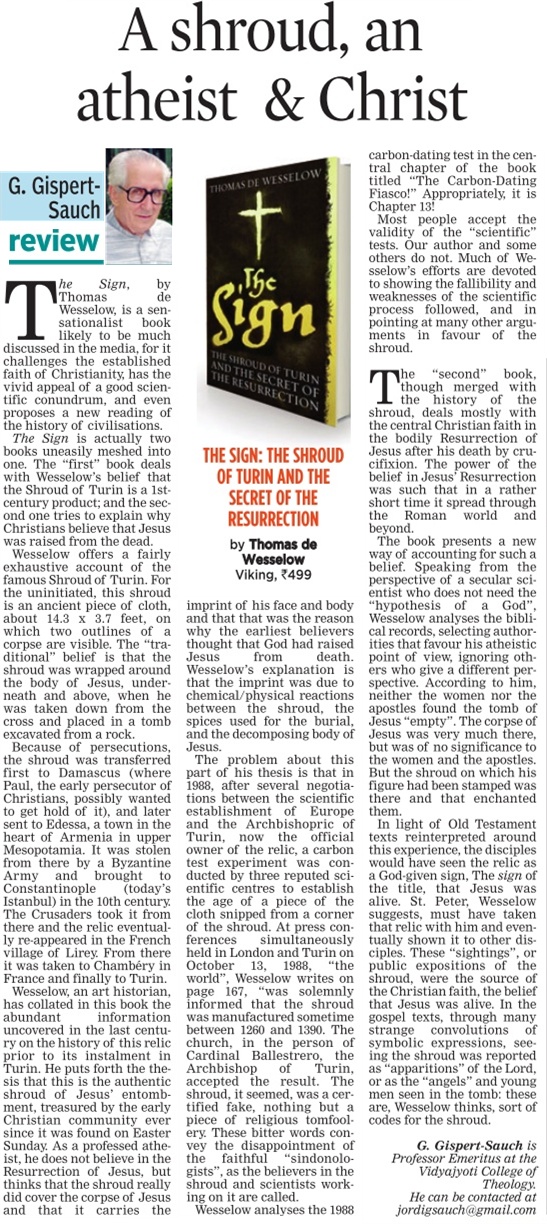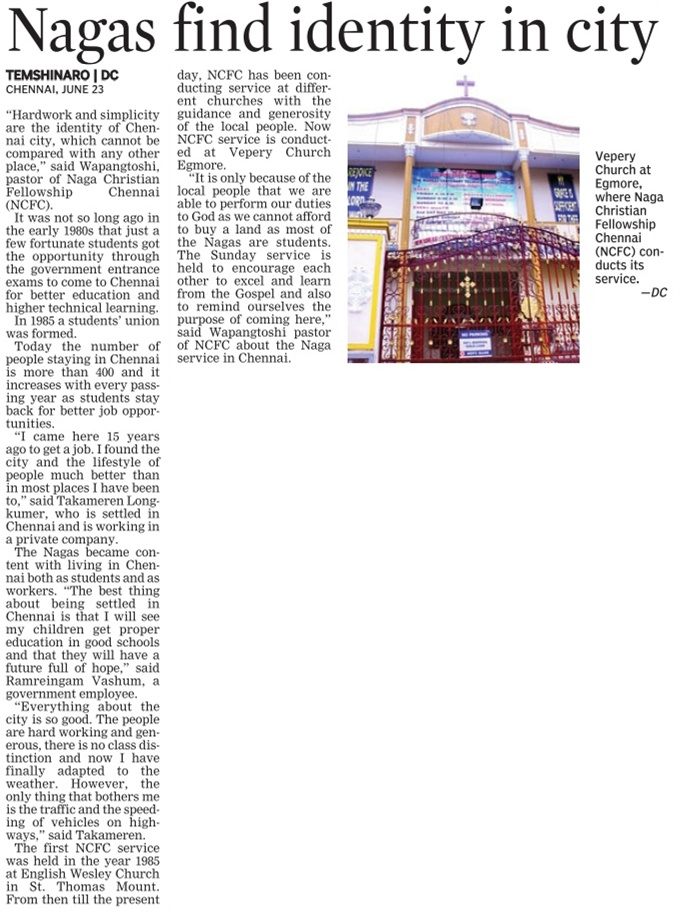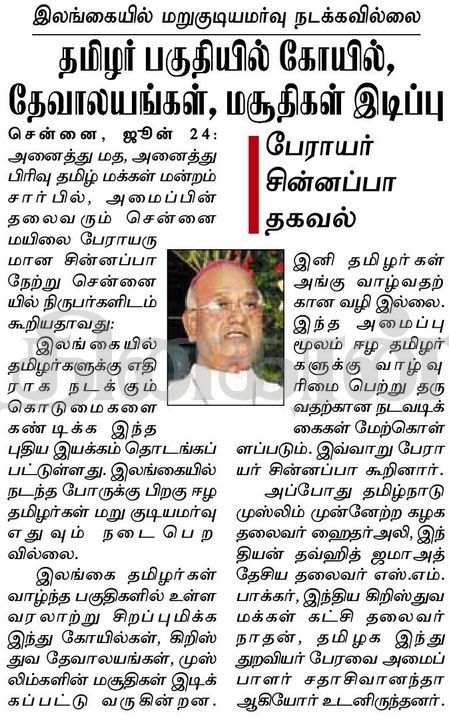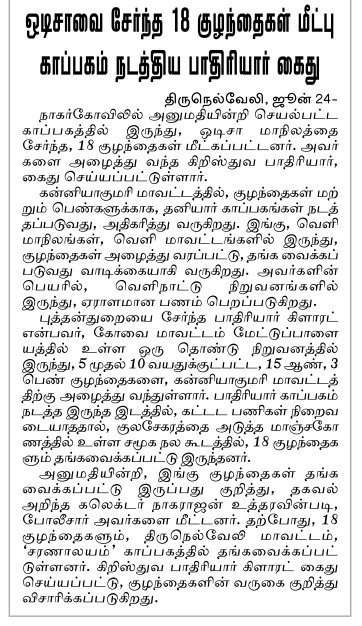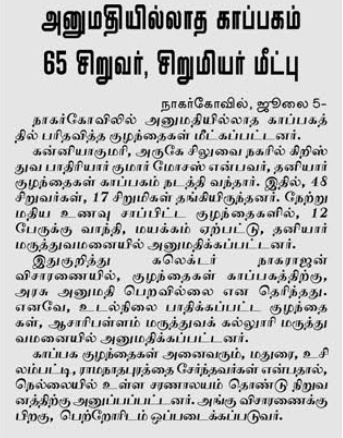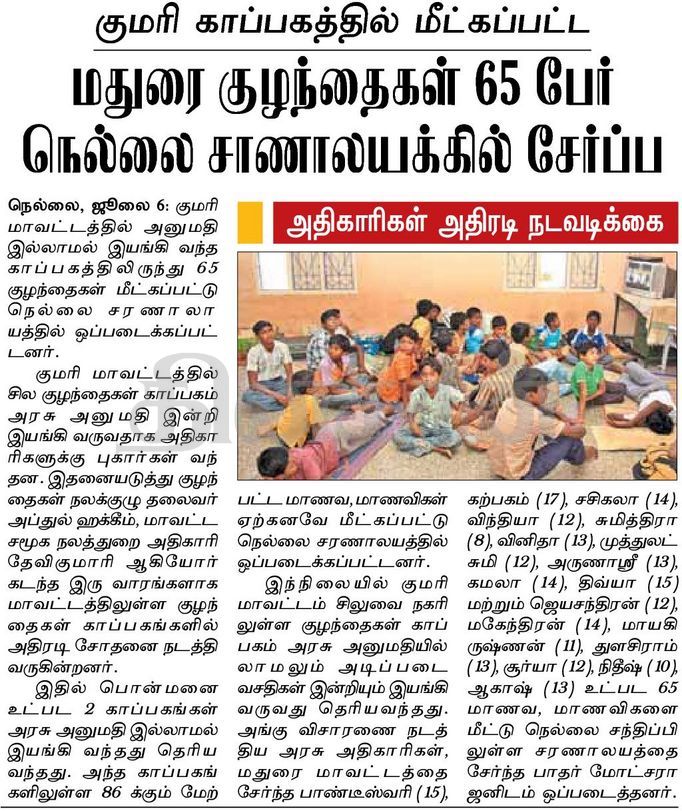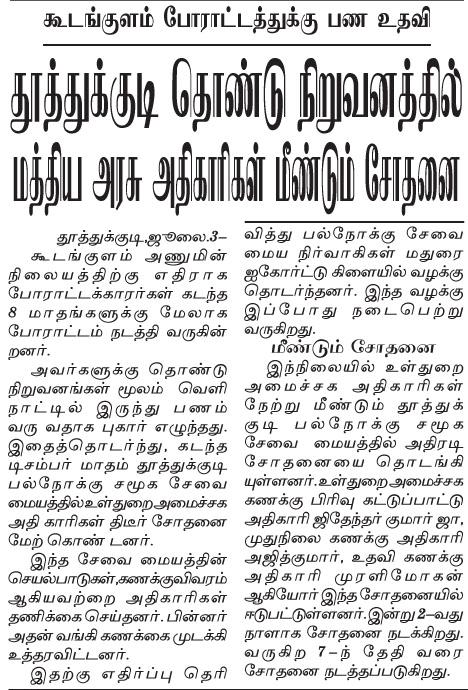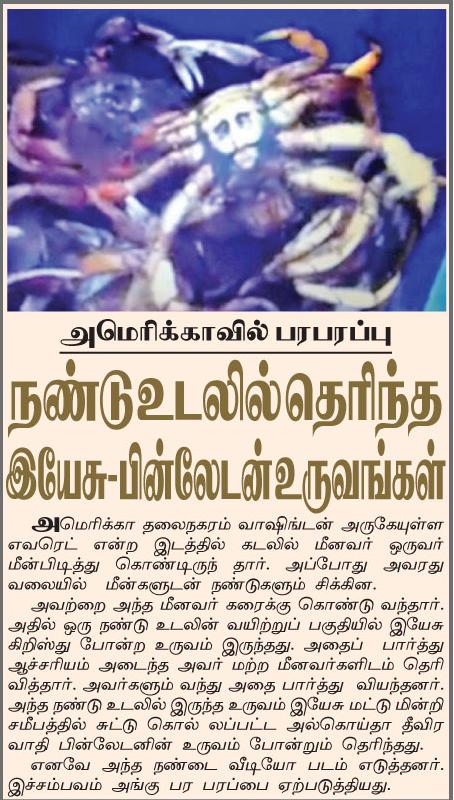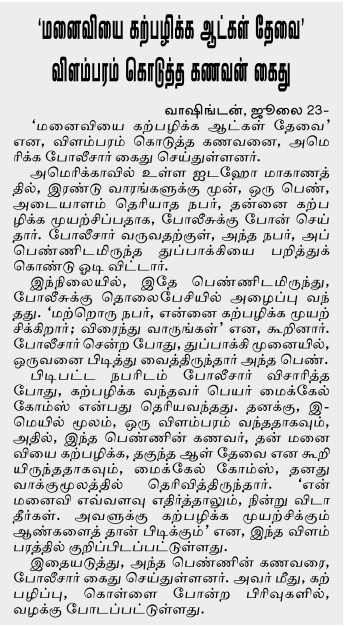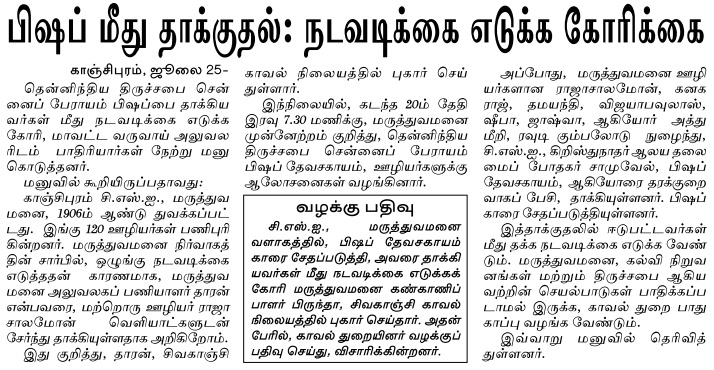April 28, 2009 @ 2:48 pm
By Tom Heneghan

[1]Annotated Bibles come in all shapes, sizes and standpoints. One of the most interesting recent examples is The New Community Bible in India. The novelty is not the text itself but the extensive footnotes comparing and contrasting Christian teachings with those of India’s main religions. Christians make up only 2.3% of India’s 1.1 billion population compared to 80% for Hindus and 13% for Muslims. The illustrations are also clearly Indian — in the drawing for the Flight to Egypt (at right), Mary wears a sari and a bindi [2] on her forehead while Joseph sports a turban.
The New Community Bible (NCB) stirred up some controversy when it was published, with official Church approval, by a Roman Catholic group in Mumbai last summer. A Protestant pastor called it [3] “a complete turn back from the real Bible.” Hindu natiotionalists denounced it [4] as a bid to convert Hindus to Christianity. A blog named after Hindu guru (CORRECTED: see comment below)Sathya Sai Baba warned [5] that Christian missionaries were “taking aim at India” with a “deceptive Bible and other questionable tactics.” . There was also criticism from Catholic laity, enough to prompt the bishops to order a study of the issue [6] and have the publisher hold off with a second edition. That’s too bad because the first edition quickly sold out.
During my recent visit to India, I got a look at a friend’s copy of the NCB and found it fascinating. Following are a few points that stood out while I paged through it (and a few not very professional photos I took of its illustrations):

In Genesis:
[7]After its opening “in the beginning,” the footnote observes: “Even in the Upanishad, some creation accounts open with the word ‘agre’ (at the beginning)…”
At the phrase “God saw that the light was good,” it notes: “Light is considered good and desirable also in the Vedas. The expression “TJ” is well known. Tamasoma jyotirgamaya…” Lead from from darkness to light… (Brihadaranyaka Upanishad 1.3.28).”
After eating the forbidden fruit, Adam and Eve “become shamefully conscious of their nakedness and plan a cover-up from God (3:7-8). To use Indian terminology, they regress into avidya, that is nescience or lack of right perspective, which causes alienation and suffering.”
On Noah and the Flood – “There exist myths of the flood in almost every religion, and the Biblical aco**** shows some striking parallels to the Mesopotamian flood story. Satapath Brahmana (1.8.1-10) offers the earliest Indian version. The Mahabharata (3.187) also narrates a similar story.”
On the Tower of Babel — “For the Yahwist author, Babel meant confusion, a athetic symbol of the folly of human pride and self-sufficiency… We can find modern Babels all around us, constructed by the stinking rich and proud politicians. Instead of using wealth and power to creatively solve the real problems of the people, they use these to bolster their own images and pamper their presitge. To make a name for themselves, they ignore, nay, trample down on the legitimate rights of millions of poor and oppressed people. The resentment and revolt this causes is another sort of babel, confusion, alienation.”

 [8] [9]Since it’s aimed at today’s Indians, Bollywood naturally rates a mention. At the end of the Book of Job, when God restores Job’s fortunes, a footnote comments: “Like in modern TV soap operas and box-office films from Bollywood, ‘God’ reenters in the form of a deus ex machina who, with a word and a magic wand, restores everything to its earlier felicity and Job lived happily ever after.”
[8] [9]Since it’s aimed at today’s Indians, Bollywood naturally rates a mention. At the end of the Book of Job, when God restores Job’s fortunes, a footnote comments: “Like in modern TV soap operas and box-office films from Bollywood, ‘God’ reenters in the form of a deus ex machina who, with a word and a magic wand, restores everything to its earlier felicity and Job lived happily ever after.”Not all references are to Hinduism. In Matthew’s nativity account, the NCB notes: The Koran, written some six hundred years after the Gospels (about AD 650), affirms the virginal conception of Jesus – called Isa, probably an Arabic form of the Syriac version of his name (Sura 19:16-22). This forms part of the common belief of Muslims. Interestingly, Joseph is not mentioned in the Koran… The wise men were priests of the Zoroastrian religion, which used to be the religion of Persia before the country was taken over and converted by Islam. It now survives as the religion of the Parsees in India… For Matthew, the magi are the highly respected religious leaders, representing non-Jewish religions.”
The NCB notes that Mahatma Gandhi was inspired by the Sermon on the Mount and uses Jesus’s criticism of the Jewish purity laws as an opportunity to make a wider point about Indian society today: “The same kind of distinction underlies the caste system in India. The ‘dalits’ are treated as ‘untouchables’ by the so-called ‘clean’ castes, because the kind of work they do brings them into touch with ‘polluting’ things and so makes them in Hindu society ritually impure. Jesus completely abolishes this kind of purity/pollution distinction. He shows that true ‘purity’ (that is, fitness for worshipping God) does not depend on external things but upon the attitudes of the heart.”
The illustrations also make points about modern-day India. In the Exodus story of Moses and the burning bush, the NCB notes that God told Moses to take off his sandals because he was on holy ground. The accompanying illustration (below) shows modern footwear in front of a church, a mosque and Hindu and Sikh temples. “Every religion is deserving of our respect, even if we do not accept all of their cultural and social wrappings,” the footnote says. “As Mahatma Gandhi said, respect for other religions helps us to understand our own religion better.”
[10]
 The NCB tries to explain Christianity in the Indian context, both to Christians living in a culture marked much more by other religions and Indians of other faiths trying to understand the Christians among them. Why should that be controversial?
The NCB tries to explain Christianity in the Indian context, both to Christians living in a culture marked much more by other religions and Indians of other faiths trying to understand the Christians among them. Why should that be controversial?http://blogs.reuters.com/faithworld/2009/04/28/an-indian-bible-or-a-bible-for-india/


